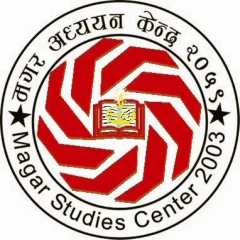Kirkpatrick, J. A. (1811 & reprint 1996). Account of the Kingdom of Nepaul, Being the Subject of Observations Made During a Mission to That Country in The Year 1793. Delhi: Asain Education Services (First publication for William Miller, Albemarle-Street, London, by W. Bulmer and Co., Cleveland-Row, St. James’s 181).
Reviewer: Dr. Govind Prasad Thapa
The book contains information about Nepal of around 1793. The writer was on special duty, therefore, obviously, he has noted down the details about the places and routes that he travelled. The chapters contain information or data on history and geography of Nepal and Kathmandu valley, population and classes of inhabitants, their customs, and religion, language, temples, religious festivals, government, art, commerce, military force, minerals, animals and vegetables, climate, crops, and various routes from one place to another. The writer has also given his itinerary containing the bearings and distances of the towns and villages which came across his routes. The author has also annexed some important historical documents related to the origin of war with Tibet and officials papers and letters relative to writer’s mission to Nepal. The book’s last appendix contains extracts from Father Giuseppe’s Account of Nepal, which contain some account of the invasion of Nepal by Prithvi Narayan Shah. The writer has given very short description of the inhabitants of Nepal. He describes, “The inhabitants consist principally of the two superior classes of Hindoos (or Brahmins and Chetrees with their various subdivisions), of Newars, of Dhenwars, of Mhajees, of Bhootias, and of Bhanras.” Kirkpatrick gives some information about the types of ‘Ghoorkhali’ tribes. He writes, “..the Tirsoolgunga, previous to the conquest of Nepaul by Purthy Nerain, separated the territories of the Ghororkhali amd Newar Princes, the western limit of Ghoorkha being marked by the Mursiangdi. The tract contains, besides a pretty numerous peasantry, several Rajput families and some Newars, but the tribes by whom it is chiefly occupied are of the Brahmanical and Chatrtri orders, and these last constituted the principal strength of Prithwi Narayan Government, and continue to for the main support of the present one, they rank very high among the subjects, no description of whom possess such considerable credit and authority as their leaders enjoy. They consist for the most part of the Khas and Magar tribes of the Chattri class, i.e., such Magar tribes as were converted by the Brahmans and invested with the sacred thread. Amongst these classes [with the exception of a few individuals deriving their descent from the same stock (i.e., Thakurs), as the reigning Prince, and who are consequently Rajputs] are to found by far the greatest part of those who conduct the affairs of this State.” This book contains detail data on Nepal’s history, geography, vegetation, culture, commerce, and natural climate.
